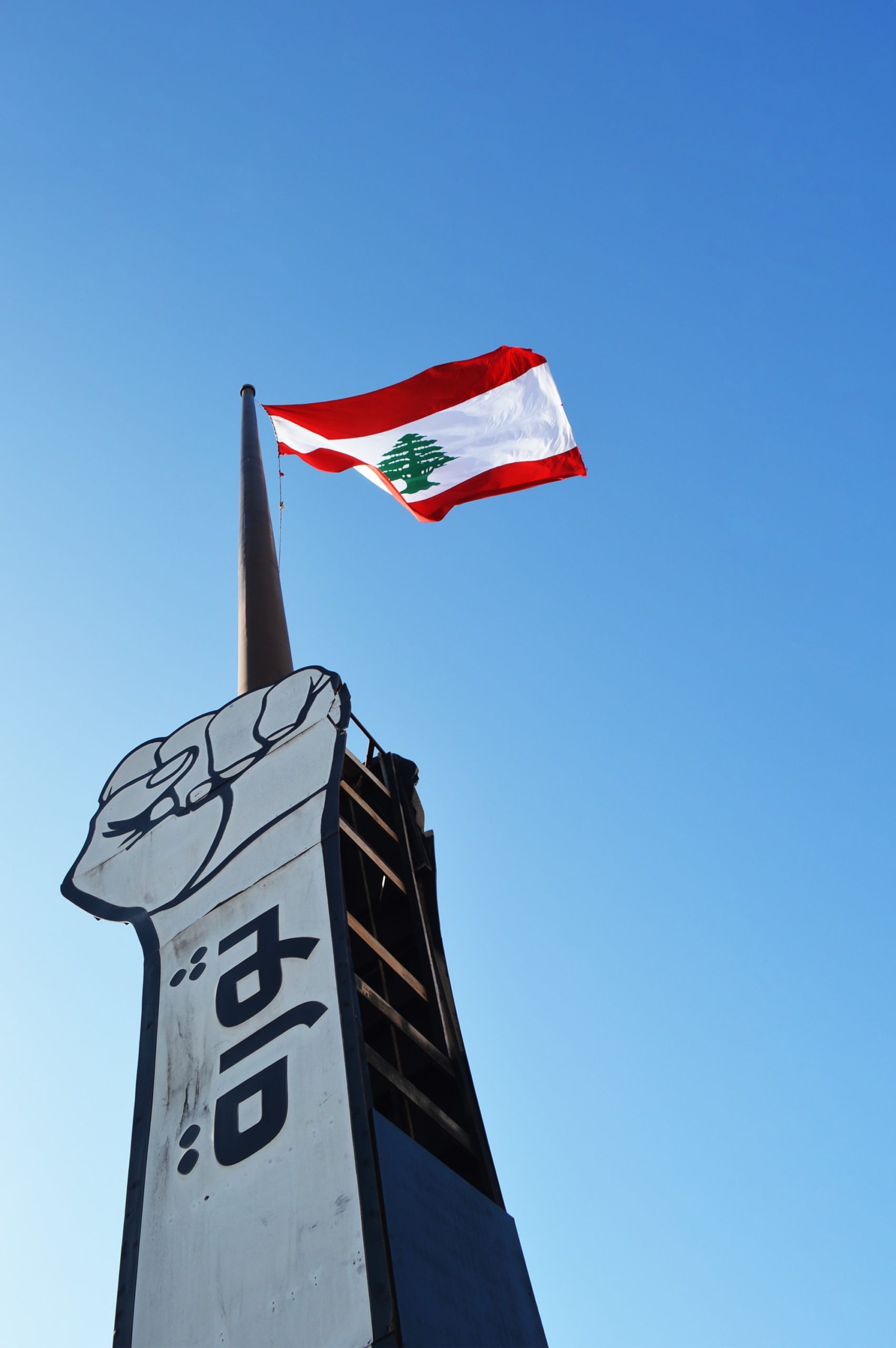A massive explosion shook the Lebanese capital of Beirut on Tuesday evening, resulting in at least 135 dead and thousands injured.
The explosion has been connected to a considerable amount of confiscated and potentially unsecured explosive material, stored in a warehouse at the city’s port, near populated areas. As world leaders and international organizations are offering assistance, local officials are also launching an investigation into the blast.
Authorities dispersed on Wednesday to tend the wounded, look for survivors, and assess the full extent of the damage.
The explosion occurred at 6:07 p.m. local time Tuesday near Beirut’s port and central district, where many highly-populated areas and tourist sites are nearby.
The explosion tore through the city, flipping cars, shattering glass and causing some homes to crumble. Homes as far as 10 kilometers (6 miles) away were damaged, according to witnesses.
Beirut’s governor Marwan Abboud told reporters that the explosion had resulted in an estimated three to five billion US dollars’ worth of damage. NNA, Lebanon’s state-run media, reported that 90% of hotels in the Lebanese capital had been damaged.
The blast was even felt in Cyprus, around 240 kilometers (150 miles) away, and registered as a 3.3 magnitude earthquake.
A crater created by the explosion appeared to be roughly 124 meters (405 feet) in diameter.
Beirut’s governor, Marwan Aboud, told Jordan’s state-owned channel Al Mamlaka that at least 300,000 people were “unable to sleep in their homes,” adding that “half of Beirut’s population have homes that are unliveable for the foreseeable future — for the next two weeks.”
The Cause Of The Beirut Blast
At first, the explosion was thought to be because of a major fire at a warehouse for firecrackers near the port. But on Wednesday morning, Prime Minister Hassan Diab said that about 2,750 metric tons of ammonium nitrate, a highly explosive material, had been stored at the port for the past six years “without preventive measures.”
It is believed that the ammonium nitrate came to Beirut on a Russian-owned ship in 2013, which had originally been headed to Mozambique. It stopped in Beirut for repairs, but the owner disappeared after failing to pay the crew which then abandoned the ship, which was detained by authorities, and the ammonium nitrate on board was stored in a hangar at the port.
Badri Daher, the Director of Lebanese Customs, warned for years of the “extreme danger” of leaving the ammonium nitrate at the port.
Daher stated that customs officials had addressed the legal authorities six times requesting for the hazardous cargo be removed from the port, but the requests went neglected.
Diab announced an investigation into the explosion, saying the inquiry would include “revelations that will be announced about this dangerous warehouse which has been present since 2014.”
“I will not rest until we find those responsible for what happened, hold them accountable, and impose maximum punishment,” he said in a statement, saying it was “unacceptable” that so much ammonium nitrate had been stored “while endangering the safety of citizens.”
However, experts have cautioned that the blast could have been caused by more than just ammonium nitrate.
Anthony May, a retired ATF explosives investigator for the US government, said the color of the cloud after the blast suggests there may have been other compounds involved. And Robert Baer, a former CIA operative with extensive experience in the Middle East, said “that orange ball (of fire)” indicated possible military grade explosives.
The Relief Effort
In the hours after the explosion, authorities and humanitarian organizations started search and rescue efforts. The Lebanese President has commanded all armed forces to respond to the disaster and to guard hit zones for extra safety.
Lebanon has allocated 100 billion Lebanese pounds (~$66,335,000) to deal with the effects of the blast, the Lebanese Presidency Twitter account said Wednesday.
Humanitarian groups like UNICEF and the Red Cross assembled teams on the ground and placed urgent open calls for blood donations.
Hospitals were quickly flooded, with doctors conducting triage as dozens seeped into emergency rooms. The emergency section of one major hospital, the American University of Beirut Medical Center, became unable to receive more patients. Four hospitals were damaged in the explosion and unable to operate, said the health minister.
The Lebanese Red Cross said on Wednesday that many provisional shelters with food, hygiene kits, and basic needs have been set up to receive up to 1,000 families. The United Nations and World Health Organization are also working with Lebanese authorities.
President Trump, Australian Prime Minister Morrison, and Russian President Vladimir Putin all offered support and assistance. Russia has sent five planes carrying medical equipment and a team of doctors to set up a field hospital in Beirut, according to state news agency TASS.
French President Emmanuel Macron said “rescue and aid” were on the way to Lebanon, and Israel has formally extended humanitarian medical assistance. The United Kingdom said it would send medical and search and rescue experts to help, along with 5 million pounds (about $6.6 million) in aid to Lebanon.
Egypt has also set up a field hospital that has received a number of patients in Beirut, said a spokesman for Egypt’s Ministry of Foreign Affairs.
Middle Eastern neighbors including Qatar, Kuwait, the UAE, and Iraq will also send field hospitals, medical supplies, and oil to Lebanon, state-run NNA said.


 Featured2 years ago
Featured2 years ago
 Featured3 years ago
Featured3 years ago
 Featured2 years ago
Featured2 years ago
 Featured4 years ago
Featured4 years ago
 Featured3 years ago
Featured3 years ago
 Featured5 years ago
Featured5 years ago
 Featured2 years ago
Featured2 years ago
 Featured3 years ago
Featured3 years ago

















